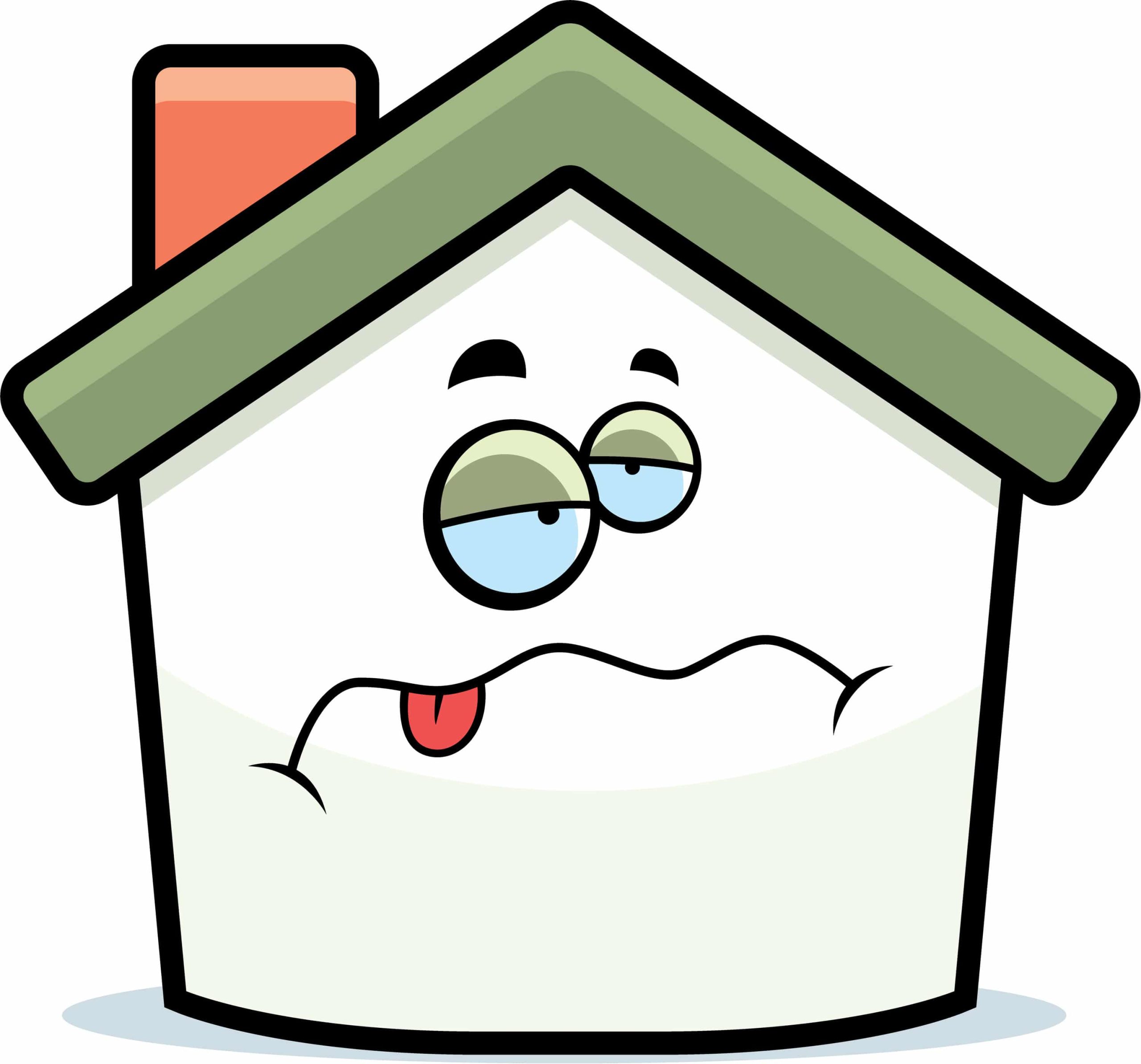
Sick House Syndrome: Get Well Soon!
Way back in the 1970s, research began on a phenomenon that seemed to be happening more and more. Workers in newly constructed office buildings were getting sick with a wide range of symptoms, which seemed to disappear when they weren’t at work. Why?
No, it wasn’t just a bunch of people who wanted a day off. It turned out that the newly-constructed buildings of that era were much more air-tight than the buildings of the past. While air-tight buildings are more energy-efficient, they can also trap and concentrate indoor air pollutants.
The researchers’ conclusion? Air-tight buildings that contained sources of indoor air pollutants like mold and VOCs (volatile organic compounds). They were making their occupants sick. Thus the term “Sick Building Syndrome” was coined.
Today, we also hear talk about “Sick House Syndrome.” This is essentially a specific type of sick building syndrome that affects residential homes. As newly-constructed and renovated homes increase their insulation and air-tightness for the sake of energy-efficiency, the potential for Sick House Syndrome (SHS) increases.
Let’s talk about the symptoms and causes of Sick House Syndrome, as well as ways to turn a sick house into a healthy one.
See Also: Contact Us
Symptoms of Sick House Syndrome: It’s All in the Timing
One reason that SHS can be difficult to diagnose is that the symptoms can vary a lot from person to person. Plus, many of the possible symptoms are the same as symptoms of the common cold, allergies, or the flu.
For instance, according to the Environmental Protection Agency, symptoms of SHS can include allergy or cold-like symptoms. These symptoms are eye, nose, or throat irritation, dry cough, itchy skin, or headache. There are also flu-like symptoms, such as dizziness, nausea, and fatigue. Additionally, SHS can cause difficulty concentrating and increased sensitivity to odors.
An article from the Indian Journal of Occupational Medicine adds more possible symptoms to this list: vocal hoarseness, increased frequency of asthma attacks, and even personality changes. As you can see, it’s a very wide range of possible symptoms. It can be hard to even tell that any two people in the same home or building are suffering from the same thing.
The clue that reveals these symptoms are caused by SHS or SBS? It’s when the symptoms happen. Symptoms caused by SHS/SBS will increase with the amount of time spent in the affected building or home. An hour or two after the person has left the building, the symptoms will fade and even disappear completely.
As they say, it’s all in the timing. Do you feel sick in the morning after spending all night at home, but quickly feel better after getting to work? It might be your house that’s making you sick.
Causes of Sick House Syndrome
The first factor in SHS is a lack of ventilation. Sealing up houses makes them more comfortable and efficient, but it cuts down on the exchange of outside air and inside air. That means that whatever pollutants are generated inside of the house end up trapped inside, getting more and more concentrated over time.
Second, there’s a source of pollutants. Indoor air pollutants that cause SHS generally come in two types: chemical and biological. One of the worst chemical pollutants is “second-hand” tobacco smoke. It contains high levels of toxic compounds, including VOCs, as well as particles that can get into the lungs.
VOCs such as formaldehyde can also come from common household decor, such as carpeting, upholstered furniture, and laminate flooring. Plus, cleaning products and pesticides can ironically make your home less healthy by adding VOCs and other pollutants to the air.
Biological pollutants include bacteria and molds. High humidity or dampness inside of a home can increase the growth of these sources of pollution. A tightly-sealed home that’s also too humid is a perfect recipe for Sick House Syndrome caused by mold.
See Also: Why Do I Need An Air Purifier?
Curing a Sick House
So what should you do if you suspect your home may be affected by Sick House Syndrome? First, you may want to have your home and HVAC system inspected, especially if you suspect mold growth may be an issue. Mold needs to be professionally cleaned up, whether it’s in your walls or ducts or your air conditioner’s coils.
Second, consider methods for increasing your home’s ventilation. While people who live in perfect climates can rely on the old open-a-window method, that’s not such a great choice when it’s 93 degrees and 80% humidity outside! An energy-recovery ventilator can bring fresh air into your home without sacrificing comfort or energy efficiency.
If high humidity is a problem, consider adding a whole-house dehumidifier to your HVAC system. A dehumidifier connected to a smart thermostat can keep your home’s humidity in the ideal range of 40-50%. That will help prevent mold growth and make your home more comfortable too.
Finally, look for low-VOC alternatives when buying household items or doing renovations. Low-VOC flooring, furniture, and cleaners are all available. And if someone in your home is a smoker, encourage them to quit—or at least take it outside.
To further decrease indoor air pollutants, consider an electronic air cleaner or whole-house filtration system. Like a dehumidifier, these systems work with your existing HVAC to clean your home’s air and keep your home and family healthy.


